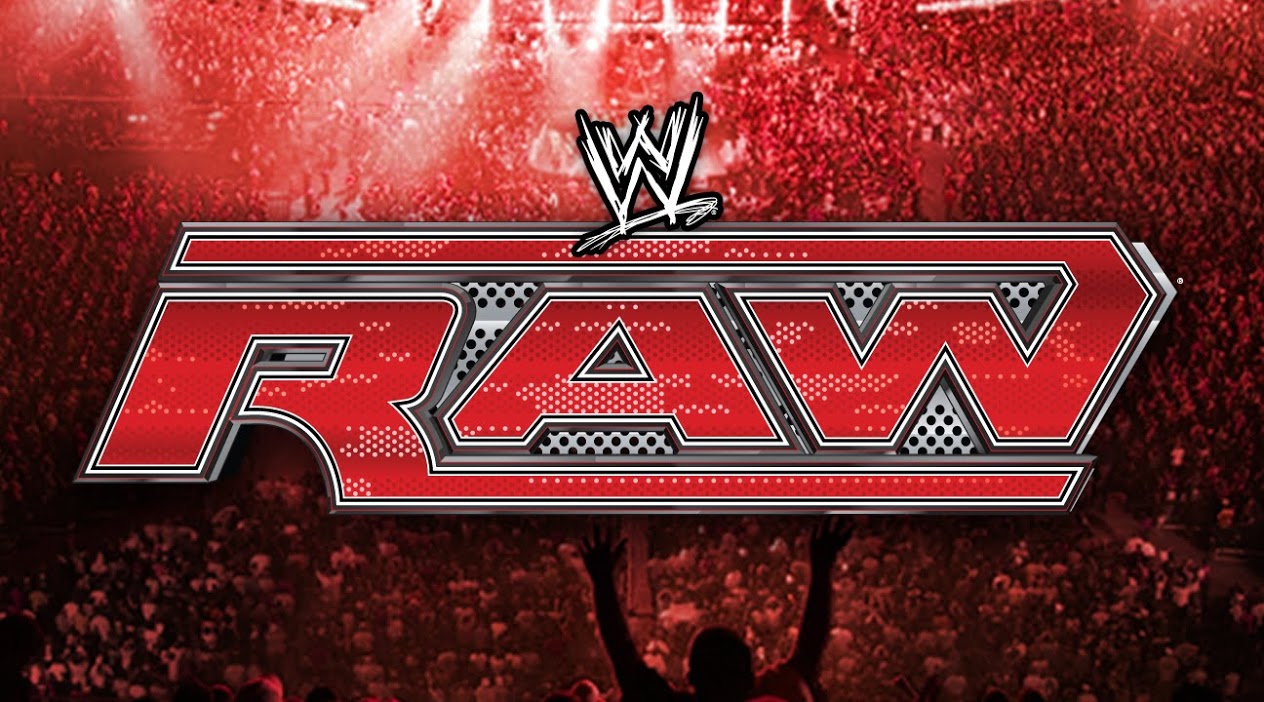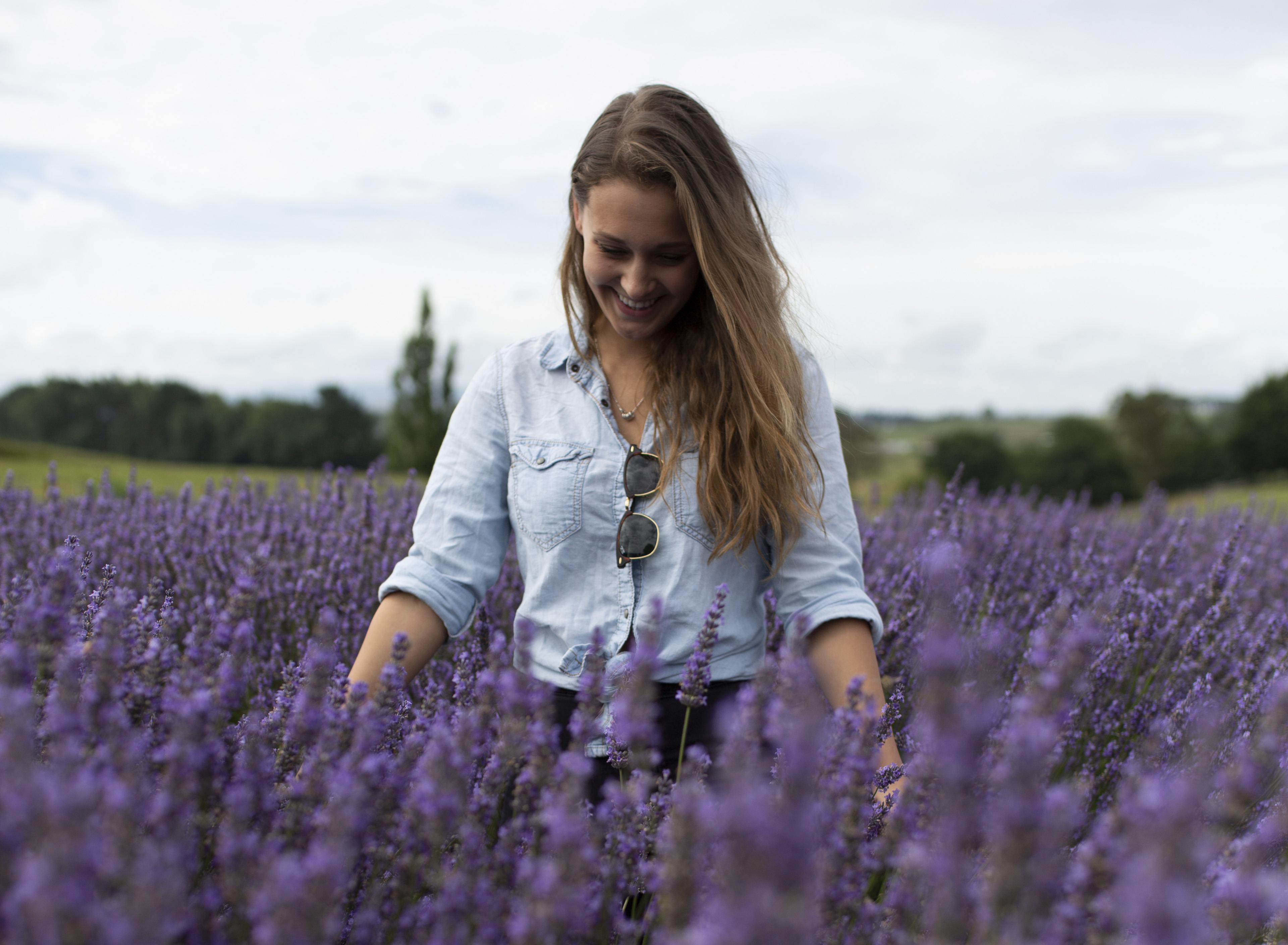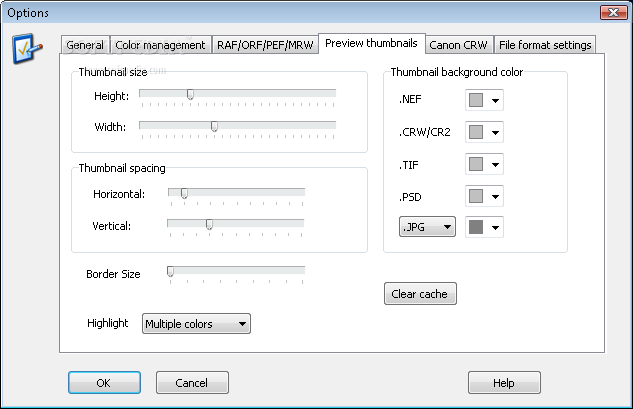

So my question still valid - if the quality is what the OP is after, then why bother with Kodak JPEGs? With all of that taken into account, imho nothing left distinguishing it from any point and shoot that will give you a decent JPEG. The JPEGs in Kodak are noisy, applying NR to them in camera will reduce resolution/details.

It definitely does not speed up your shooting (JPEG shooting in Kodak involve more processing from the camera) and with nowadays hi capacity cards space can hardly be any concerns. All jpegs are compromises.Īs philosophical as this is - I don't understand the point of shooting a frankly bad quality JPEGs when raws give you much better.
#Raw photodesk full
Life, including photography, is full of compromises. I would not really use Kodak's JPEGs - they are nowhere near of what you can get from the DCS raw files with the good raw converter. Nor easy.ĭirk, are you using the Digital Exposure Correction feature on the Kodak? If not, you may be surprised to learn how good it can be with the jpegs, and you can select individual exposure compensation for this too via the same menu.ĭante Stella put it better than I can, here, although he refers to it as Digital Image Correction in this article:
#Raw photodesk mac
So I believe RRP could do this, however then I would need to have it run on a Mac emulation on my Windows computer. So I do not want to spend additional time to optimize any single image. So if I find something better than the Kodak JPEG out of cam or Photodesk I would like to use it, but only if I just could run it with default settings. Or, if convinced that it could give better results, to have a raw-processing programm running, preferable in batch mode, with default settings. The only PP done after RPP was cropping and colour noise reduction in LR. If you want some examples - all of these were processed in RPP and use V50v2 profile (Velvia 50). It also has a a film profiles build from real films which I find work very well with Kodak colour rich raw files. Out of the box it will give you better (less noisy) shadows, a lot better resolution than Photodesk.

RPP is just better converter, does all internal processing in floating point (as opposed to a lot of converters doing it in integers), has a very good SLR/n camera profile out of the box (so I have not had any need so far to build my own), handles raw processing tasks in a no nonsense way (WB for example). What do you mean stunning? You can process this in Photoshop and get a stunning result - it depends on efforts involved. Although I prefer to stick with Windows, can you please explain me the differences of DCR's developed with RRP vs.


 0 kommentar(er)
0 kommentar(er)
